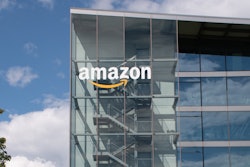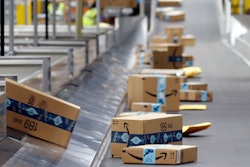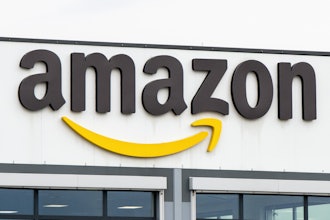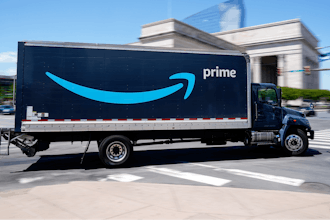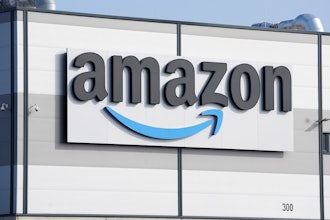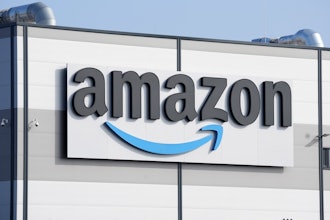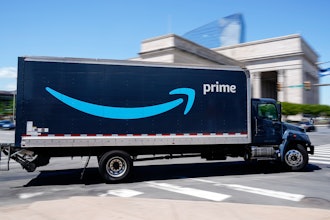
The growth of Amazon Business, the part of Amazon focused on B2B customers, appears to have no limits.
Gross merchandise revenues are estimated to have reached $28 billion in 2021, which represents an astonishing 70+% annual growth rate since 2015, when Amazon reached $1 billion in revenues after re-branding its earlier B2B business.
Several factors are driving this growth, including an easier procurement experience for business customers and Amazon’s deployment of a marketplace model that supports third-party sellers to leverage their platform.
Business customers have come to expect an experience that is like what Amazon provides to its retail consumers – seamless purchasing, large product assortment, fast delivery, and low prices, among other features. The platform has been developed to meet B2B customers’ needs to improve management of their procurement processes and control spending, which makes the platform that much stickier. While forecasts for the next several years vary, expectations range around $80 billion by 2025, which implies a 30+% annual growth rate.
In short, Amazon Business is gobbling up market share.
Amazon Business appears to be going after markets where its platform, technology and supply chain capabilities can be quickly leveraged to win new customers. Based on our research, we outline below seven strategic considerations that inform the attractiveness of markets they have pursued so far.
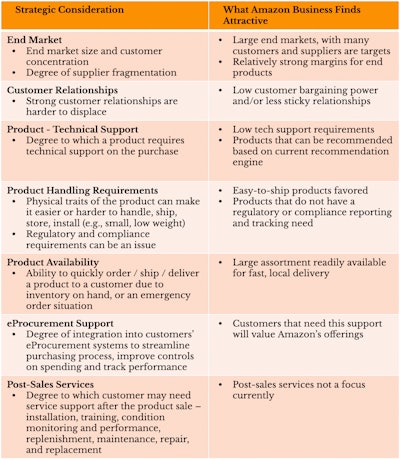
Examples of product markets that fit with the above that Amazon Business offers include:
- Maintenance, repair & other
- Janitorial and sanitation
- Tools and hardware
- Safety and PPE
- Medical supplies and equipment
- Automotive
- Industrial
Some observers speculate that Amazon Business will stay focused on these strategic considerations and will not pursue opportunities beyond these areas. But what if the prognosticators are wrong? We outline five common speculations below and offer our speculation on what Amazon Business might do.
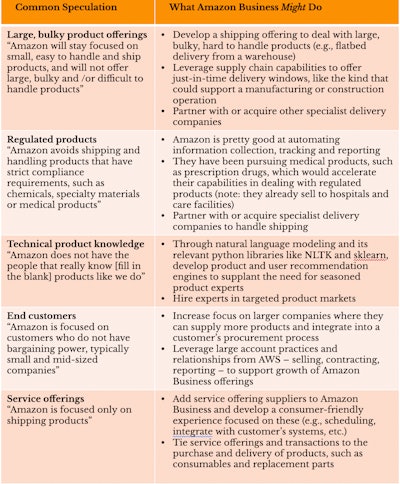
The above are just a few examples of how Amazon Business could continue to challenge the distribution industry. Distributors should carefully check their assumptions to assess the risk they face in competing against Amazon Business.
Assessing Your Business’ Risk
A structured approach to critically evaluate the above variables and estimate your company’s risk competing with Amazon Business might look like the following:
Gather data and facts on your business
Much of the information needed to carefully assess your risk is likely found in systems such as ERP and CRM. Pulling transaction level data including products, list and realized prices, costs and realized margins and customers are all part of what is needed. Gaps can be filled in with external information, such as firmographic data on customers.
Gather relevant Amazon Business data
Search Amazon Business for similar products that your company offers. Capture prices and layer into your data set. While this information may not be a perfect match at a SKU level, recording close substitutes can be helpful.
Get input from your customers
The data set is necessary for the assessment, but it will not provide the full picture as customers need to share their views. Conducting customer and prospect interviews and surveys will shed light on how their procurement approach is evolving and the role Amazon Business is currently or likely will play going forward. Identifying what customers are buying will provide important clues as to the impact that may already exist but may have gone unnoticed.
Assemble the right team
Up to this point in the approach, the focus has been on getting the right information pulled together in a useable form. The next step is where the commercial judgement comes in, which can be a challenge if there are divergent views. A cross-functional team can help provide a more objective and holistic view. For example:
- Sales can share views on customers’ buying approach and what they hear from customers
- Marketing can offer how your company is positioned relative to Amazon Business
- Customer Service will know common customer complaints or challenges that may be weighed against an Amazon experience
- Finance will have a view on how payment, billing and collections might compare
The focus should be on surfacing and challenging assumptions embedded in your thinking that create a false optimism or under-estimation of what is at risk.
Quantify the range of impacts
As the team works through the information, it should attempt to quantify the potential sales and margins that may be at risk. Examples of actual changes in prices and volumes where there are direct comparisons can be helpful references. A range of estimates can be generated as assumptions are challenged based on what Amazon Business might do.
Distributors need to regularly assess their exposure to Amazon Business as it will continue to disrupt the sector. With a clear-eyed view, distributors can fight back.
Michael Connerty is the founder and managing partner of Groove Strategy Group LLC, a strategy consulting firm focused on helping B2B companies grow their business profitably. Joseph Putnik is the firm's lead data scientist, and Jennifer Kozak works with Groove Strategy as a lead consultant.





